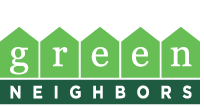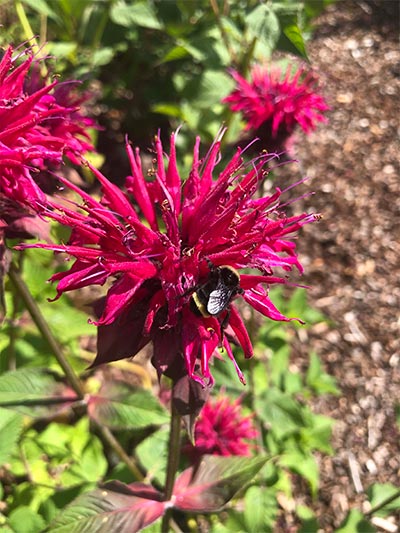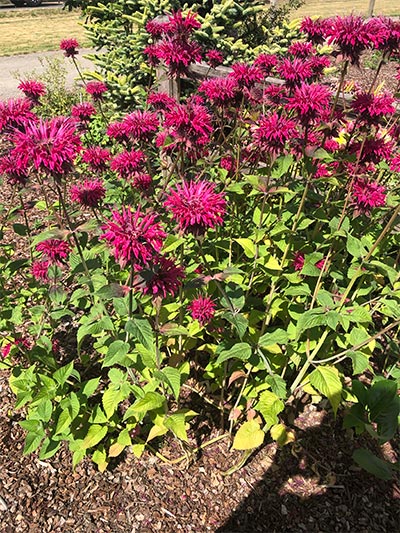Beebalm
- Scientific Name: Monarda didyma
- Garden: Beneficial Insects and Compost Garden, Edibles and Herbs Garden
- Plant Type: Herbaceous Perennials
- Evergreen/Deciduous: Deciduous
- Sun/Shade Exposure: Full Sun or Part Shade
- Moisture Requirements: Moist, Well-Drained
Plant Information
Beebalm is a very important addition to any gardener looking to attract butterflies. Morphology: This is an herbaceous perennial which grows to 3’ in height and 2’-3’ in width. It features square stems and large, oval shaped leaves (2”-5” long) which are set in an opposite arrangement. Flowers first appear in June and extend into the end of August. Multiple tubular flowers are set close together in 2” wide clusters at the apex of the stems. They are attractive to hummingbirds, butterflies and bees. If dead-headed new flowers will appear all summer long. Adaptation: Beebalm does well in full sun or partial shade. It will perform its best under conditions where the site never dries out. Beebalm is a very important plant for butterfly gardener. Pests: Beebalm is very susceptible to powdery mildew. Overcrowding and stress from too little watering can bring on the disease.
Data Source
https://www.pnwplants.wsu.eduPlant Photos









